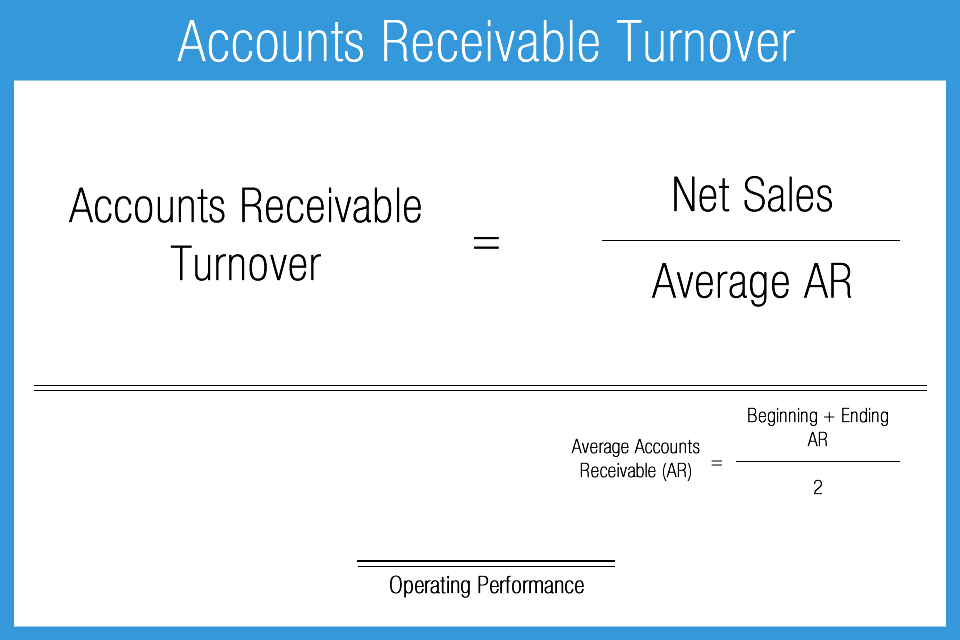Fine Beautiful Tips About Receivable Turnover Ratio Interpretation Internally Prepared Financial Statements Disclosure

It is calculated by dividing net credit sales by average accounts receivable.
Receivable turnover ratio interpretation. The accounts receivable turnover (art) ratio is a calculation that measures the average frequency a company collects its accounts receivable balance during a specific period, typically a year. The ar balance is based on the average number of days in which revenue will be received. By examining this ratio, businesses can gain valuable insights into their credit management practices and overall financial health.
The accounts receivable turnover ratio formula looks like this: The accounts receivable turnover ratio is a simple metric that is used to measure how effective a business is at collecting debt and extending credit. The ratio is calculated by dividing net credit sales by.
Earnings per share and 16. The accounts receivable turnover ratio indicates how effectively a business collects credit from its debtors. The accounts receivables turnover ratio refers to an accounting ratio that measures how well a company collects its accounts receivable.
Receivables turnover ratio measures company's efficiency in collecting its sales on credit and collection policies. It measures the number of times, on average, a company collects its accounts receivable during a specific period, such as a year. Definition and explanation receivables turnover ratio (also known as debtors turnover ratio) is an activity ratio which measures how many times, on average, an entity collects its trade receivables during a selected period of time.
What is receivable turnover ratio? In other words, the accounts receivable turnover ratio measures how many times a business can collect its average accounts receivable during the year. This ratio takes in consideration only the credit sales.
Interpretation of accounts receivable turnover ratio. It is a quantification of a company's effectiveness in. The accounts receivables turnover ratio estimates the number of times per year a company collects cash payments owed from customers who had paid using credit.
Also known as the “receivable turnover” or “debtors turnover” ratio, the accounts receivable turnover ratio is an efficiency ratio — specifically an activity financial ratio — used in financial statement analysis. The receivables turnover ratio is a financial metric that helps assess how effectively a company manages its accounts receivable. It is computed by dividing the entity’s net credit sales by its average receivables for the period.
The accounts receivable turnover ratio measures how effective a company is in converting its accounts receivable into cash within an accounting period. The accounts receivable turnover ratio (ar t/o ratio) is an accounting measure of effectiveness. It indicates how tactical the business is at chasing payments, focusing on extending customers’ credits.
The ratio shows how many times during the period, sales were collected by a business. In financial modeling, the accounts receivable turnover ratio is used to make balance sheet forecasts. It is also known as the debtor’s turnover ratio, and we use it to gauge how effectively the company manages credits.
The receivable turnover ratio, otherwise known as the debtor’s turnover ratio, is a measure of how quickly a company collects its outstanding accounts receivables. If the cash sales are included, the ratio will be affected and may lose its significance. Importance of accounts receivable turnover ratio

.png)





:max_bytes(150000):strip_icc()/receivableturnoverratio-8f6c3aac6494463a8e6cdd011e236fbe.jpg)



_(1).jpg)






